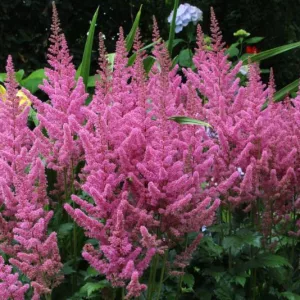What a world we live in now! Although we are taking Covid-19 very seriously, self-isolating and keeping distance, this beautiful early spring weather has gardeners dreaming of being outside and digging in the dirt. I know I have been enjoying evening walks with our neighbours, walking down the road 6 feet between us and stopping to talk to others from across the street.
Last week I gave you some advice about starting edible plants from seed and I want to expand on that subject this week. A very hot topic amongst gardeners is converting parts or all your lawn area into garden space to grow your own food.
We would all like to have a safe source of fresh food to use, store for the future and share with family and friends. I think it is a wonderful idea that can be taken as far as each household deems suitable for them. I would like to offer a bit of advice though, so that you are realistic and successful with this type of project.
Whenever I give garden design advice, I start the conversation with some basic questions that help establish the goals of the project:
- What exactly are you wanting to grow? What do you like to eat? You must consider best light requirements for that crop and the soil type that it will thrive in. The location for planting or setting out containers will be determined by those two factors.
- How much do you want to grow? This will determine the size of the garden or containers. There is a lot of information online, on the back of seed packages and in books on spacing required for growing different crops.
- What kind of soil do you have now in your yard beneath the lawn? If you strip off the sod, is it ready for planting? Sandy soil will need the addition of lots of organic material to hold moisture. Clay soil can be amended with sand to improve drainage.
- Are you planting in the ground or building raise beds? Your physical condition may be a factor in this decision. My knees aren’t what they were 30 years ago, so now I plant all my herbs and vegetables in raised beds and containers.
- How much time do you have to maintain what you plant? You will have to thin plants, fertilize, possible prune, weed, inspect for insect and disease problems. Be realistic about how much time you available to devote to these tasks. There is nothing so discouraging as planting a huge garden and then not being able to follow through on the care plants need. Start at a scale you can manage now and expand when it is appropriate.
- Do you have children and pets that need to share the same space? They will be discouraged if you are constantly yelling, “Get out of my garden!” as I did so often when I had a large dog that need lots of room to run and play! Be sure what you plan suits all the members of your family.
- What kind of budget do you have for the project? Do you need to create a master plan and implement it in stages? This is a very good approach to ensure success.
- Are you setting out tender seedlings before the last frost date? Be sure to have frost blanket in your budget and on hand for those cold spring nights.
I certainly don’t mean to set a negative tone to this article, just a realistic one. Spend your mandated home time getting organized and planning that new garden!




